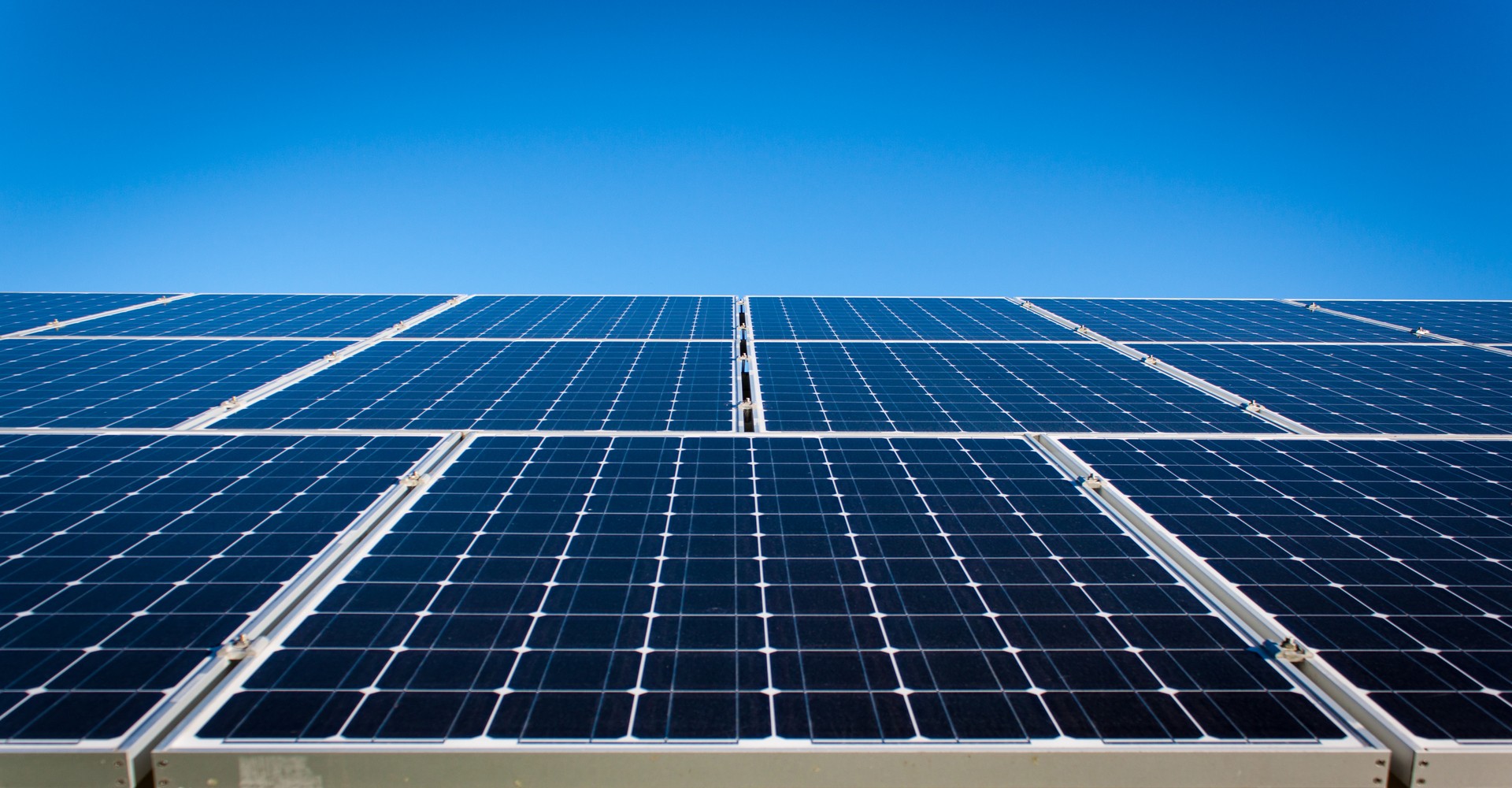Due to a great number of complex financial and sociopolitical issues amongst developing countries worldwide, it is difficult for many areas to create and maintain a comprehensive electricity grid. At present, around 16% of our global population is totally without electricity, which means around 1.2 billion people are walking the streets at night in complete darkness, struggling to provide cooked food for their families and keep food fresh using refrigeration.
Consider the huge amounts of people that are connected to extremely poor electricity sources, and that number would most likely double, if not more. Building an electricity network that can provide power to the masses is not a simple task: not only does it require extreme financial investment, but large scale cooperation and political stability.
For these reasons and many more, a large amount of the countries still categorized as being ‘developing’ or in the ‘third world’ are struggling to construct a system that will bring their people out of the darkness.

In this article we’ll focus on why more countries should be looking down the route of noreferrer”>renewable, alternative energy sources; we’ll explain some of the many ways that a decentralised electricity generation system using such renewable energies as solar and wind has the potential to power villages, cities and even entire countries.
Fossil Fuels is Not The Answer
As a global population, we have just about come to a unanimous decision that fossil fuel generation will need to be phased out eventually, as it is not only extremely harmful to the environment, but our resources are becoming extremely limited. You might ask, ‘But if energy poverty is this bad, do these countries really have the ability to be conscious of their environmental impact right now?’.
Well, it doesn’t really come down to that so much: If a developing country was to attempt to replicate the commercial-style fossil fuel power plants that we have in the developed world, it would cost them hundreds of millions of pounds, money that they do not have and is unlikely to be provided to them to support a non-sustainable venture.
Renewable energies, on the other hand, have the ability to function on a smaller scale and power individual settlements using micro grid technologies. That is not to say that renewables can’t work on a large scale, because they can. Costa Rica, having not so recently left the developing countries bracket themselves, powered the entire country in 2016 for 250 days using only renewable energy sources.
If alternative energies can power the 4.9 million people of Costa Rica, it can surely provide towns and villages in the developing world with this life changing resource.
Landlocked countries like Mali in North West Africa can find themselves very low on natural energy resources due to their geographical positioning. As such, they are forced to use, what we would consider temporary energy solutions, such as diesel fuel generators. Mali is a perfect example of this, as they use this generator type to power areas as large as cities using solely this generation method. This is not only largely unsustainable on an environmental level, but also extremely expensive.
The cost of petroleum and diesel has skyrocketed over the last few years as most people will probably be aware from filling up their cars, so this generation method is only going to increase in price. Their system also came to a complete collapse in March 2012 when the country became part of a large conflict. This made the importation of their precious diesel impossible, meaning the country was at a standstill.
Solar Energy
Many countries in the developing world are blessed with one of the most valuable of resources when we speak about renewable energy: the sun. A large amount of the developing world is situated in Africa, the Middle East and Southern Asia, much of which has sunlight and heat in abundance, making such countries ideal for solar energy technology.
Given that the earth receives roughly 173,000 terawatts (173 trillion kW) of energy directly from the sun at any given moment, more than 10,000 times the energy usage of the entire world, it seems silly not to harness some of its power for a more productive use. One of the main problems with solar energy, however, is its cost: In order to power any relatively substantial area, a rather large, expensive system would be required.
At present, solar panels are still quite inefficient in relation to their price tag and surface area. That said, solar panels are much more investor-friendly, as not only is it a renewable venture, but once the solar panel system has been installed, the electricity will generate itself without intervention and support.
Wind Energy
In areas with reliable, regularly high wind levels, wind energy is the ideal solution for reducing energy poverty. Much of the aforementioned areas in Africa and Asia have ideal locations for optimal results. Around 10 years ago, Afghanistan installed their first wind farm in the highlands of Panjshir Province, financed by the US State Department.
This was not simple given the complex sociopolitical situation in the country; however, the area now has a 100 kW wind system that can dilute and support their fossil fuel generation, helping those areas with no connection to electricity at all.
Most of the commercial wind turbines that we use here in the US are now of a 2 MW capacity, 200 times that of the ones installed in Afghanistan, but they also come with a price tag of between $3-4 million, which is way too large of an investment for most developing countries.
Another issue with wind energy is that it needs much more frequent maintenance work from skilled engineers, which if installed in a small village area, could be an issue. That said, the potential of wind energy in the developing world is still quite substantial: with the right financial backing, with a sensible capacity in mind, energy poverty could be reduced greatly.
